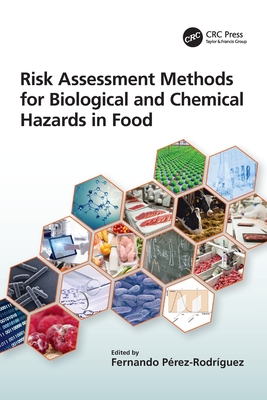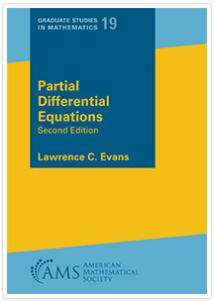
Risk Assessment Methods for Biological and Chemical Hazards in Food
食品的生物与化学危害风险评估方法
食品科学技术基础学科
¥
945.00
售 价:
¥
756.00
优惠
平台大促 低至8折优惠
发货周期:国外库房发货,通常付款后3-5周到货!
出 版 社
出版时间
2022年04月01日
装 帧
平装
页 码
546
开 本
234 x 156 mm (6.14 x 9.21
语 种
英文
综合评分
暂无评分
- 图书详情
- 目次
- 买家须知
- 书评(0)
- 权威书评(0)
图书简介
Risk assessment has been extensively developed in several scientific fields, such as environmental science, economics, and civil engineering, among others. In the aftermath of the SPS and GATT agreements on the use of risk analysis framework in food trade, signed in the 1990s, international organisations and governments adopted risk assessment as a science-based process to ensure food safety along the food chain. The food industry can also benefit from the use of this approach for food process optimisation and quality assurance. Risk Assessment Methods for Biological and Chemical Hazards in Food introduces the reader to quantitative risk assessment methods encompassing general concepts to specific applications to biological and chemical hazards in foods. In the first section, the book presents food risk assessment as methodology and addresses, more specifically, new trends and approaches such as the development of risk rating methods, risk metrics, risk-benefit assessment studies and quality assessment methods. Section II is dedicated to biological hazards. This section identifies the most relevant biological hazards along the food chain and provides an overview on the types of predictive microbiology models used to describe the microbial response along the food chain. Chapter 12 specifically deals with cross contamination and the quantitative methods that can be applied to describe this relevant microbial process. The development and application of dose-response models (i.e. mathematical function describing the relationship between pathogen dose and health response) are also covered in this section. In Section III, the book translates risk assessment concepts into the area of chemical hazards, defining the process steps to determine chemical risk and describing the uncertainty and variability sources associated with chemicals. Key Features:Presents new trends and appr
本书暂无推荐
本书暂无推荐














